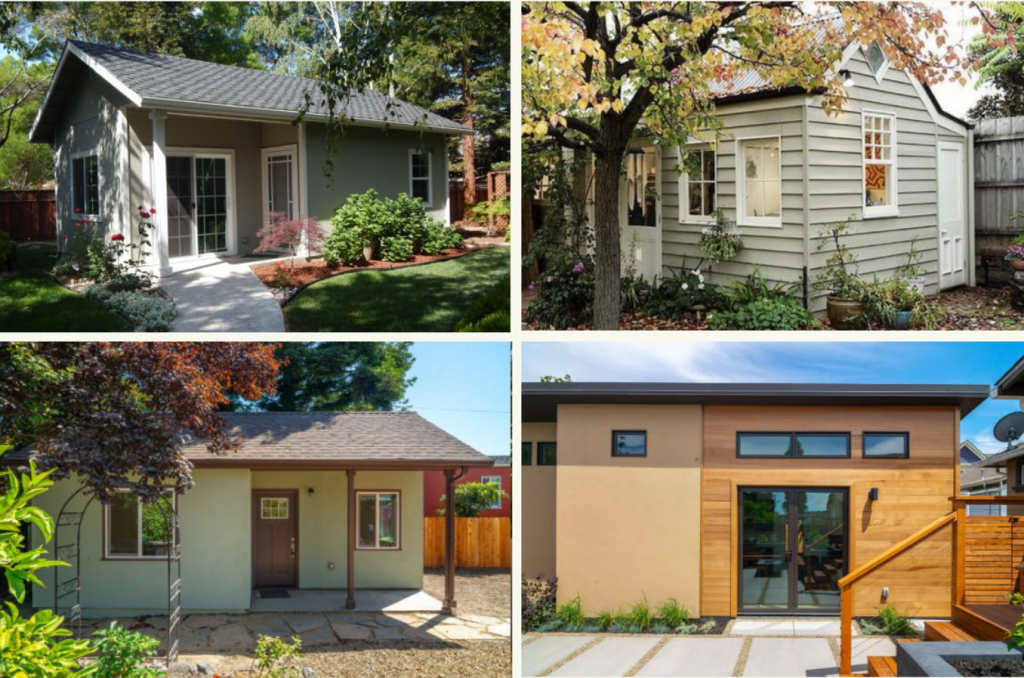New ADU Revisions
Santa Barbara County Long Range Planning Staff is once again hard at work updating local ordinances pertaining to Accessory Dwelling Units (ADUs) that comply with state laws. We’ve been reporting on ADU laws since 2017, when Assembly Bill 2299 and Senate Bill 1069 reduced barriers, streamlined the approval process, and expanded the capacity to accommodate the development of “granny units” aka ADUs in order to provide additional rental housing in residential areas.

Back then, the laws superseded local zoning ordinances, and while County and City planners developed standards and permit procedures to better implement the State legislation, changes to the State ADU laws last year have made the County’s laws null and void. “We don’t have much latitude to apply our local regulations, but we are doing what we can,” said Long Range Planner Jessica Steele, who presented the updated State ADU laws to the Montecito Planning Commission last month.
Until new County laws are in effect, the County must process ADU applications pursuant to state law, which has broadened the ability for homeowners to add additional housing units on their properties. The new state laws make adding an ADU easier than ever, and even allow for the addition of multiple ADUs on a single lot in some instances. For example, some single family properties would be able to build a detached ADU, as well as build what’s called a Junior ADU (JADU) within the primary residence. A JADU is limited to 500 sq. ft., and requires a kitchen or kitchenette facility, but does not require a separate bathroom. “Many people turn their primary bedroom into a JADU, as long as it has a separate entrance,” Steele told us.
The new state laws also limit the setbacks required; no setbacks are required for structures that are converted into ADUs, or structures that are demolished and/or reconstructed into ADUs. All other ADUs have a four-foot side and rear setback. The new laws also increase the size limits for ADUs.
Maybe most significantly, the new state regulations do not require replacement parking, if parking areas on the property are used to build an ADU. “This is a huge change,” Steele explained, as the former state laws required that one additional parking space be provided for each sleeping room in the ADU, and that the parking space could be located in the side and rear setbacks of the property if setback requirements could not be met.
Historically, prior to these ADU laws, detached secondary residential units (with kitchens) in residential zones in Montecito were only permissible on properties of at least five acres; an attached unit (think cordoning off a master bedroom and bath, and adding a kitchenette and exterior entrance) was permissible on a lot of at least 7,000 sq. ft. Now, a secondary unit (aka ADU) is permissible regardless of the lot size.
The State also requires that the review period to build an ADU is now 60 days, down from 120 days from the original laws in 2017. The State is mandating that all ADU applications are considered ministerial, without discretionary review. If the ADU is proposed to be built in an existing structure or as part of the existing residence, only zoning clearance is required, not a Land Use or Coastal Development Permit. A building permit is only required if the ADU requires new construction to be developed. “This is basically low hanging fruit when it comes to ways to deal with the housing crisis,” Steele said. The State has also gone as far as reducing, and in some cases, waiving, development impact fees, which significantly lowers the barrier to entry for ADU development. Some homeowners could save tens of thousands of dollars, depending on the size of the ADU.
So what is the point in developing local laws? Steele says the new ordinance amendments will include provisions for height, setback, size, and design standards, where applicable. “We intend to bring ADUs to be as consistent with single family homes when it comes to design standards,” Steele said. “But again, we are limited by state law.” Before these new ADU laws, all new or altered structures located within the Montecito Community Plan area were subject to review and approval by MBAR, giving neighbors the opportunity to familiarize themselves with the project, and vent any concerns or comments. This is no longer the case.
Steele reports that there have been 60 applications for ADUs in Montecito in the last year, which is expected to increase given the current lack of red tape.
The County’s ordinance amendments pertaining to ADUs will be in front of the County Planning Commission in February, and in front of MPC in March. Draft ordinance language will be posted online a week prior to both hearings, and public input is encouraged. It’s expected that the new ordinance language will be considered by the Board of Supervisors in the spring.
To learn more about ADUs, and to see newly-developed checklists and application submittal requirements, visit www.countyofsb.org/plndev/permitting/adu-jadu.sbc.





